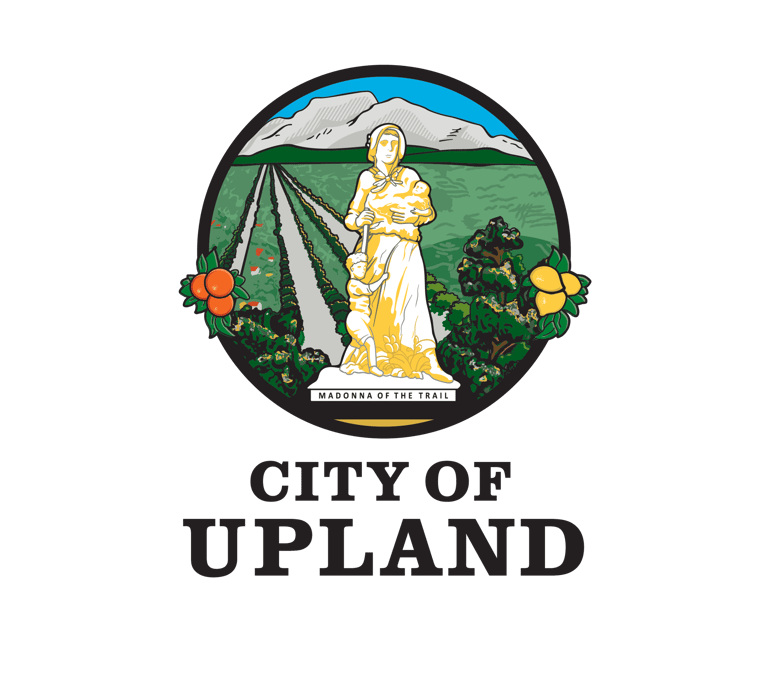Building Upland's Future Part 7: Proposed Organizational Structure
A smarter structure means faster projects, better communication, and more accountability.


Proposed Organizational Structure Reforms and Fiscal Strategy
Building a Smarter, Stronger, and More Accountable City
To address the deep structural challenges identified in the City’s organizational assessment and peer-agency comparison, Upland is advancing a comprehensive reorganization plan designed to make city operations more efficient, accountable, and responsive to residents.
Over the past decade, the City’s Capital Improvement Program (CIP) has grown dramatically—now exceeding $76.5 million across 134 active projects. Yet the staffing model that supports this workload has not kept pace. The City’s workforce remains more than 60 percent below regional averages in Public Works and nearly 50 percent below in Utilities. This shortfall has left Upland reliant on reactive maintenance, with limited capacity to plan and deliver the infrastructure projects that residents depend on.
The proposed organizational framework directly tackles these limitations by strengthening leadership, expanding technical expertise, and improving cross-departmental coordination.
Key Components of the Reorganization
1. Leadership and Oversight
Two new senior positions—Deputy Director of Public Works and Deputy Director of Utilities—will provide day-to-day oversight of field operations, maintenance programs, and capital delivery. These positions restore the management depth that has been missing for years, ensuring clear accountability and faster decision-making.
2. Specialized Expertise
The plan introduces targeted professional roles essential for modern infrastructure management:
A Senior Traffic Engineer dedicated to congestion management, roadway safety, and state-mandated Complete Streets compliance.
An Engineering and Advanced Planning Manager to coordinate long-term infrastructure and regulatory planning.
A Policy and Legislative Affairs Manager to track evolving state and federal mandates, identify new grant funding, and represent Upland’s interests in Sacramento and Washington.
Additional Environmental Compliance staff to strengthen stormwater and wastewater oversight and ensure continued MS4 and SB 1383 compliance.
3. Operational Support and Customer Service
The reorganization also adds critical support positions to improve service delivery and resident engagement:
A Customer Service Specialist (Operations) to provide faster response times and a single point of contact for resident inquiries.
A GIS Technician to enhance mapping, asset tracking, and CIP coordination.
A Community Information Specialist (part-time) and Engineering Interns to assist with project communications and field data collection.
4. Accountability and Performance
Each CIP project will now be assigned a dedicated project manager, with monthly cross-departmental coordination meetings to ensure progress and transparency. Performance evaluations will be tied to project delivery outcomes, shifting the City from a reactive to a proactive operational culture.
Together, these reforms create a modern management structure that matches the scale of Upland’s infrastructure needs and positions the City to deliver projects on time, within budget, and at a higher standard of quality.
Fiscal Responsibility
The total estimated cost of the reorganization is $1.25 million annually in salaries and benefits—an investment that represents less than two percent of the City’s total operating budget. To offset expenses, Upland is:
Freezing five lower-level positions (three maintenance workers and two mechanics).
Eliminating reliance on staff augmentation contracts that previously filled management gaps at higher hourly costs.
Even with these strategic additions, the FY 2025-26 Mid-Cycle Budget remains balanced, maintaining a positive net position of $163,000 and preserving all essential city services.
The Cost of Inaction
Failing to act now will carry a far higher price later. Deferred maintenance and staffing shortages compound over time—roads that could be sealed or overlaid today will require full reconstruction tomorrow at eight to fourteen times the cost. Delays in infrastructure rehabilitation and compliance risk higher regulatory penalties, public frustration, and the continued deterioration of critical assets.
Investing in qualified people is not an expansion of bureaucracy—it is a safeguard for taxpayers. It ensures that public dollars are used efficiently, projects are managed responsibly, and infrastructure is preserved for future generations.
Upland’s staffing levels and organizational structure are critically misaligned with the size and complexity of its operations. This is not just a financial issue—it is a matter of service quality, public trust, and the long-term sustainability of our city.
By implementing this reorganization, Upland will move from a model of “doing more with less” to one of doing better with accountability. This plan delivers leadership where it is needed, expertise where it is lacking, and transparency in every phase of project delivery.
In short, this is smarter government—built for efficiency, driven by results, and focused on protecting the community’s investment in its future.


